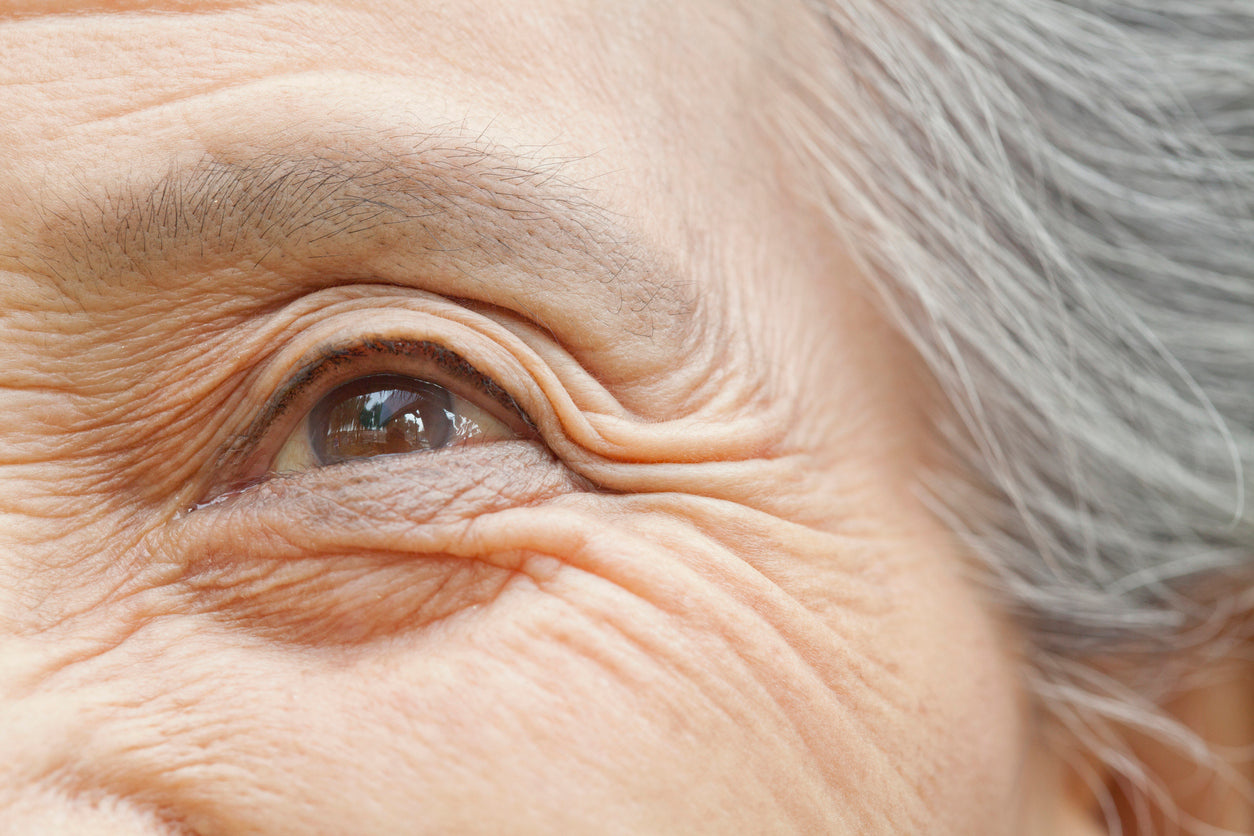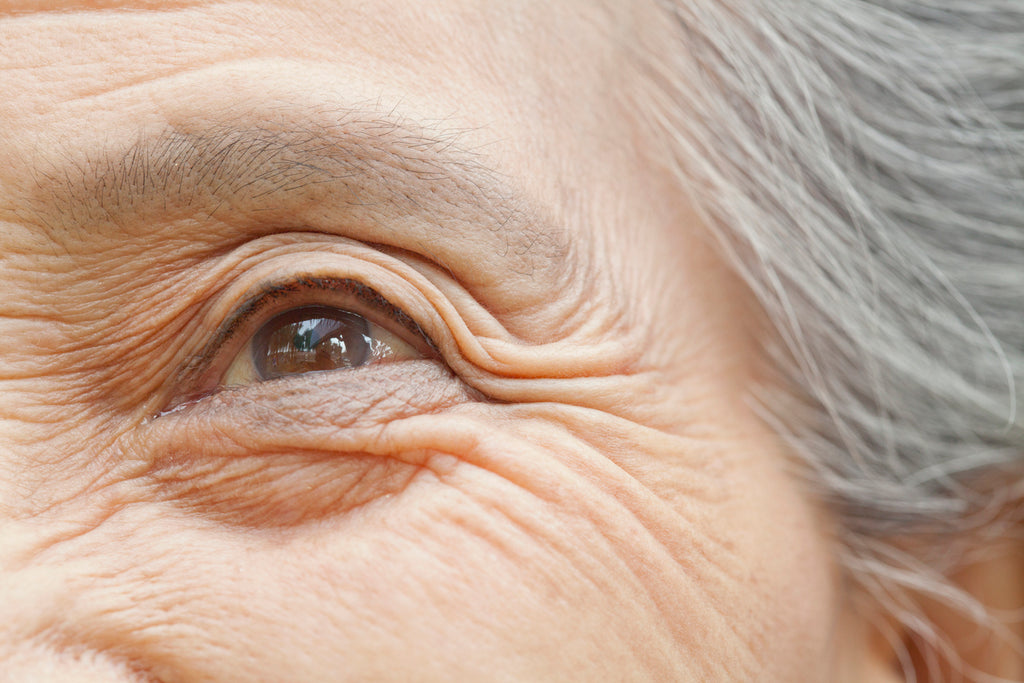In the past few decades, advancements in medical care and research have completely evolved our perspective on what’s possible when it comes to our health. Often, these literally life-changing discoveries are celebrated within the context of preventing premature death and improving quality of life for longer. But it also has a parallel effect: doctors now believe we may be looking at a vastly increased average lifespan. Is living to 120 going to be the new normal? It is certainly possible! Here are the details:
Has Anyone Lived to 120 Before?
To begin, let’s talk about the current “state of affairs” regarding lifespan. As of now, only one person has ever been documented to have lived to 120: Jeanne Calment. In fact, she died in 1997 at 122. That said, quite a few people have lived beyond 110 years.
The list becomes even more intriguing when you broaden it to encompass any centenarian, which is a person who has lived to 100 or longer. According to the United Nations, there were 593,000 centenarians around the world in 2022. That is no small number!
So, is living to 120 really that outlandish to consider? We think not! Let’s explore why people are living longer.
How Could 120 Be the New Normal?
We’ll start with a contributing factor that anyone with a family of long-lived ancestors will know to be obvious: genetics play a role in longevity. If you have three generations in a row of people who lived past 100, the likelihood that you will is certainly increased. But genetics can’t be the only—or even the main—deciding factor, given the steep increase in lifespan in recent decades.
Let’s use U.S. population statistics from The Hamilton Project for reference. According to their research, “At the turn of the 20th century, life expectancy at birth was only 46 years for men and 48 years for women. In the most recent years, life expectancy has increased to 76 years for men and 81 years for women.” Such a giant jump illustrates that genetics are far from the only contributing element. So, what else influences our prospects of living to 120 or close to it?
One clear answer is healthcare. With several generations now having received preventative care from birth onward, chronic conditions and diseases that used to result in death over time are minimized and even eliminated altogether. Not to mention the cures we benefit from thanks to science. People aren’t dying from smallpox anymore, and it’s now possible to suffer from something like a heart attack and still go on to live a full, long life. Those are just two examples of how medical advancement has increased both life expectancy and quality of life. Consider also how an understanding of risk factors and lifestyle choices to mitigate them decreases the likelihood of a heart attack in the first place. The more informed and regular our healthcare journey, the longer we live—and each new generation is benefiting from fresh discoveries.
Now let’s explore that mention of lifestyle choices, because they can certainly be attributed with the possibility of living to 120. We recently explored the concept of Blue Zones, which are regions around the world that are home to a higher-than-average number of centenarians. Analysis of their lifestyle habits offers some fascinating insight into the factors that could influence longer lifespans. A few of those include plant-based eating, being driven by purpose and passion, and finding community. To explore the rest of the Power 9, which are the commonalities found in the lifestyles of the Blue Zones, explore our blog post about them.
What Do the Experts Have to Say?
You might be reading this and wondering what the leading experts on the topic have to say. Sure, all of the points we’ve made seem like they could contribute to living to 120. But do those who study longevity actually believe we’ll live that long more often?
The answer is yes.
In conversation with Longevity.Technology about their book, Longevity Industry 1.0, authors Dmitry Kaminskiy and Margaretta Colangelo said, “Life expectancy is longer than we assume. On average, middle-aged people today can expect to live 120 years; the elderly can expect to live to 100; and younger people can expect to live beyond 120 years.”
In the same article, Longevity.Technology notes that the United Nations estimates the number of centenarians to rise to 3.7 million by 2050.
Of course, there’s also the Scientific American article that quoted a study saying humans might be able to live to 150 years old!
Regardless, the consensus is that living far beyond current life expectancies is something experts anticipate almost unanimously.
How Can Living to 120 Translate to Living Well
The question becomes this: will we want to be alive at 120? How can a lifespan that is so extended coincide with true quality of life? We think the answer is wellness. Yes, it all comes back to wellness.
In fact, the secret to living to 120 is, if you adhere to the philosophies of the Blue Zones, wellness! But it’s also the ticket to thriving during as much of your life as possible. When you support your body and mind to be their best from early on, it’s a safe bet that you’ll be feeling better at 85, 100, and 115 than you would have if you’d done nothing.
That is what we love most about wellness. It empowers you to enjoy life to the fullest now, but it’s also an investment in future you. If living to 120 is the new normal (it sounds like it to us!), then prioritizing your well-being is the new must.


